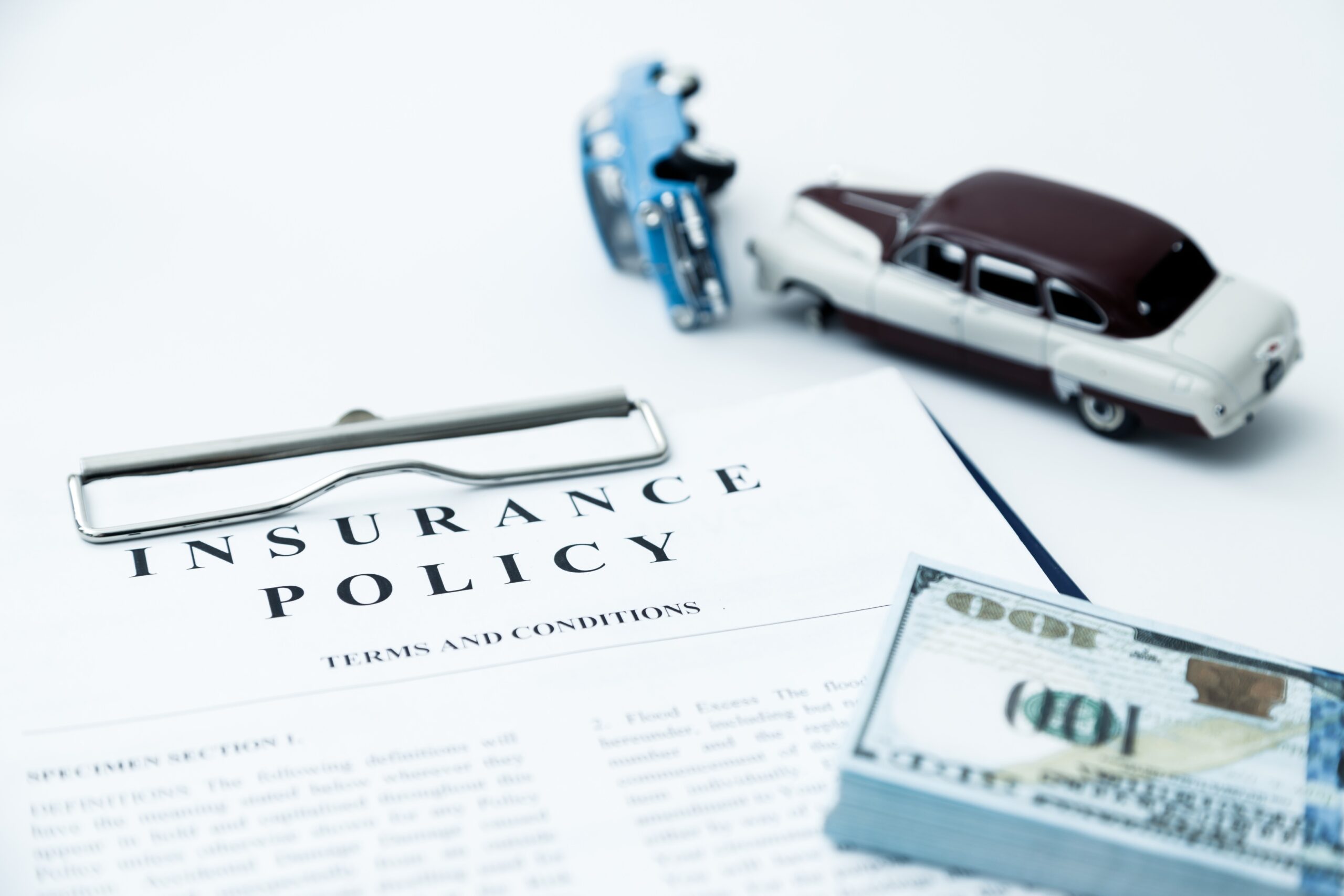Unpacking Full Coverage Car Insurance: What Every Driver Needs to Know – Guest Post

Key Takeaways
- Full coverage car insurance isn’t a standalone policy but a mix of multiple coverages.
- Learn the typical components of full coverage and their importance.
- Explore factors that drive the cost of full coverage insurance.
- Consider scenarios where full coverage might be less necessary.
- Discover answers to typical questions about car insurance coverage.
Table of Contents
- What is Full Coverage Car Insurance?
- Why Full Coverage Might Be Necessary
- Components of Full Coverage
- Calculating the Cost of Full Coverage
- When to Consider Dropping Full Coverage
- Common Queries About Car Insurance
- How to Choose the Right Coverage for You
- The Future of Car Insurance: Trends to Watch
What is Full Coverage Car Insurance?
In the world of auto insurance, “full coverage” is a term often used but frequently misunderstood. Rather than offering blanket protection for every conceivable situation, full coverage is a strategic blend of various types of insurance. It typically comprises comprehensive, collision, and liability insurance. Many individuals mistakenly believe that having full coverage means their insurer will handle every potential issue. Still, it encompasses particular areas of risk intended to shield policyholders from substantial losses.
Why Full Coverage Might Be Necessary
Opting for full coverage auto insurance can offer several significant advantages. Primarily, it provides peace of mind because it covers a wide breadth of potential liabilities and damages. It is a financial bulwark against unexpected incidents and natural or man-made disasters. Moreover, drivers who finance or lease their vehicles must carry full coverage, which protects the lender’s asset until the loan is paid in full. Having this coverage ensures that the vehicle’s value is preserved in the event of an accident, minimizing the financial impact on both the driver and the financial institution.
Components of Full Coverage
Comprehensive Coverage
Comprehensive coverage is designed to protect vehicle owners from non-collision-related incidents. This includes damage from theft, vandalism, fires, and natural disasters such as floods or earthquakes. Essentially, it provides peace of mind against incidents that driver’s control. Notably, comprehensive insurance is a crucial component in safeguarding against unforeseen calamities that could leave owners facing hefty repair bills.
Collision Coverage
Collision coverage plays an essential role in the financial safety net provided by full coverage insurance. It caters to damages from car accidents, irrespective of who is at fault. Collision insurance supports policyholders by covering the cost of repairs or replacements needed when their vehicle impacts another vehicle or object. This type of coverage is invaluable, as it minimizes the amount of money car owners must spend out-of-pocket for accident-related damages.
Liability Coverage
Liability coverage is designed to handle the costs associated with injuries and damages incurred by other parties if the policyholder is found to be at fault in an accident. Most jurisdictions mandate that drivers carry this insurance to protect against the financial ramifications of causing harm to others or damaging their property. Liability coverage is a core component of any CIS essentialance plan, ensuring that drivers take responsibility for their actions behind the wheel.
Calculating the Cost of Full Coverage
The cost of securing full coverage can vary significantly based on multiple factors. Key elements affecting premiums include the make and model of the vehicle, the driver’s age, gender, and past driving record. Other determinants include geographic location—insurance may cost more in areas with higher crime rates. Because of insurance cost comparisons, drivers can analyze different prices offered by insurers and secure the most competitive rate tailored to their profile.
When to Consider Dropping Full Coverage
As cars age and depreciate, the necessity for full coverage may decrease. Maintaining the vehicle’s value is essential and comprehensively cost-effective for older cars with considerable mileage or lower market value. If the cost of the insurance outweighs the car’s worth or if budget constraints necessitate minimizing expenses, evaluating the possibility of switching to liability-only coverage could be beneficial.
Common Queries About Car Insurance
Given the complex nature of insurance, it’s not surprising that drivers frequently have questions. Many wonder whether they qualify for discounts, how filing claims affects their premiums, or what factors dictate rate increases. To address these, insurance FAQs can be particularly enlightening, offering clarity on various aspects of car insurance and aiding policyholders in making informed decisions.
How to Choose the Right Coverage for You
Picking the right insurance coverage is an individual decision that should align with personal circumstances and financial conditions. Evaluating one’s needs and life insurance costs can help determine whether full coverage or another type is appropriate. Consulting with insurance professionals offers an additional layer of expertise, ensuring policyholders receive comprehensive guidance tailored to their specific needs.
The Future of Car Insurance: Trends to Watch
The car insurance industry is poised for a significant transformation driven by technological advancements. Developments such as telematics and artificial intelligence are reshaping the landscape of personalized, flexible insurance options. As consumer preferences shift towards more customizable insurance plans, drivers must stay updated on these changes. By understanding these technological trends, car owners can make savvy insurance choices that future-proof their coverage and align with evolving market demands.

